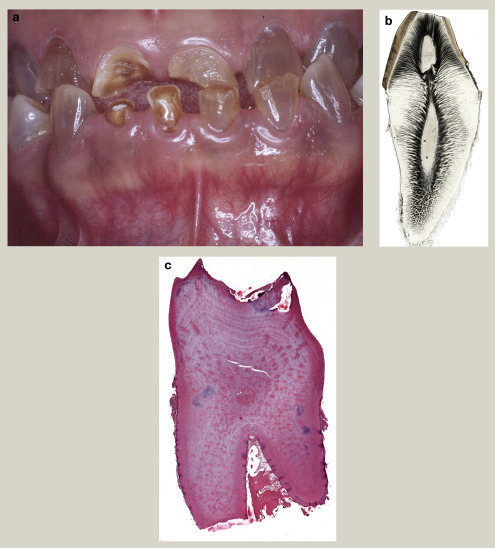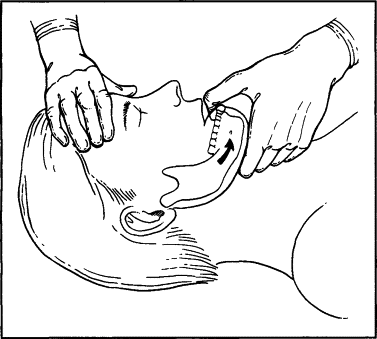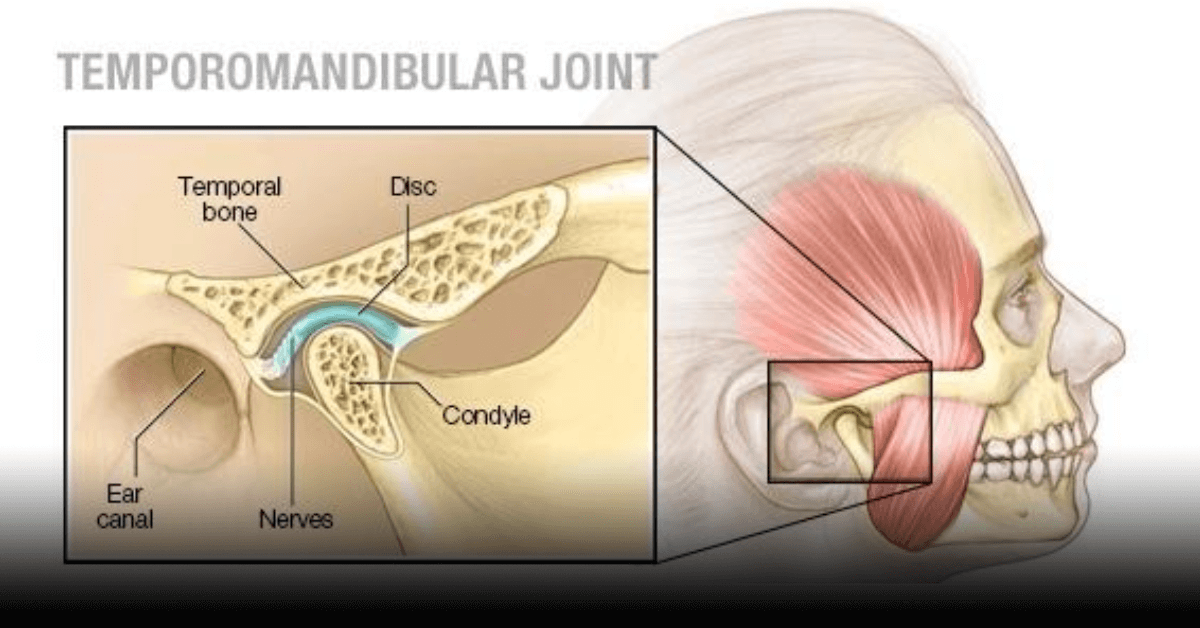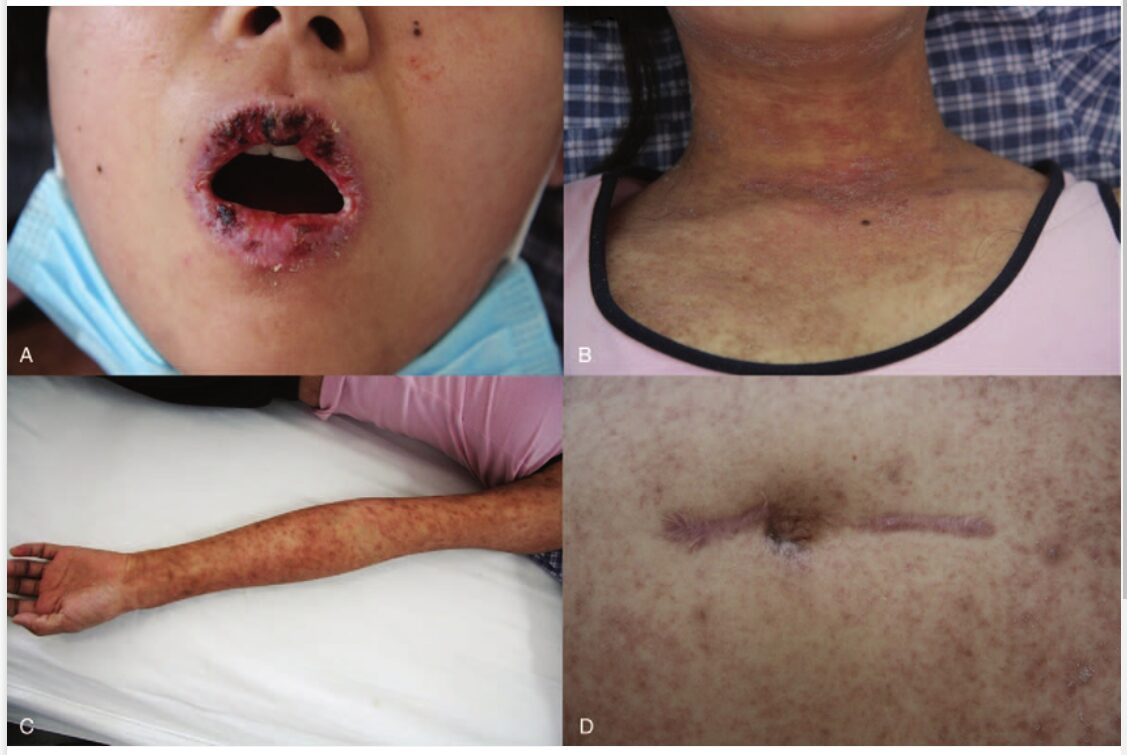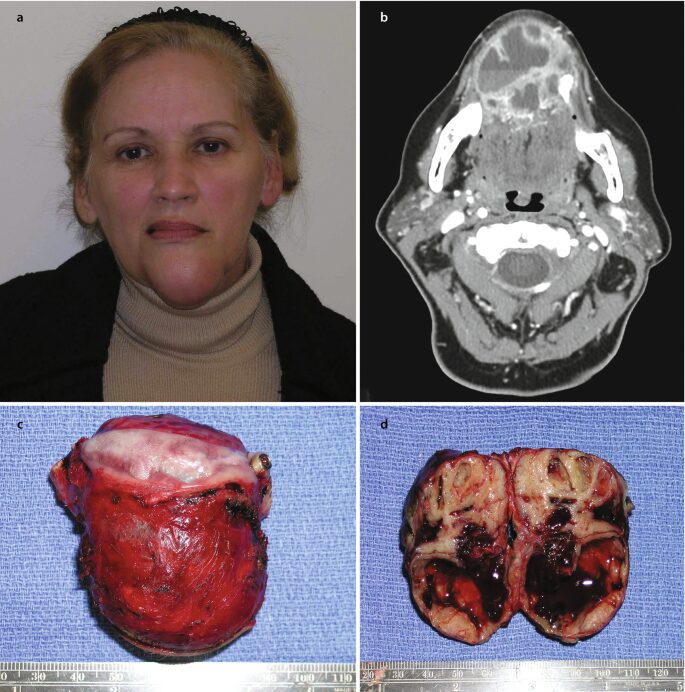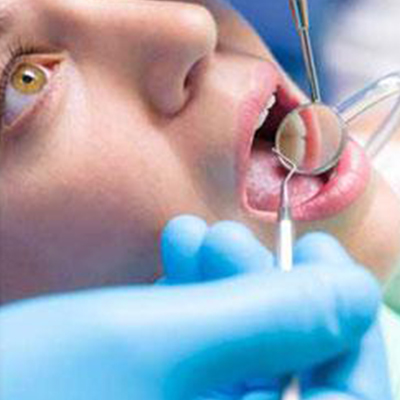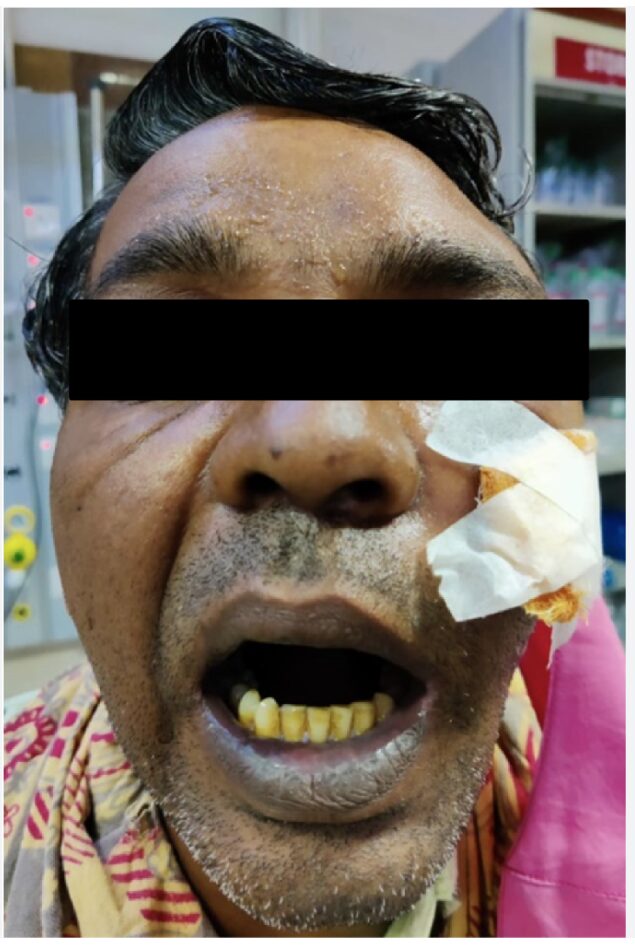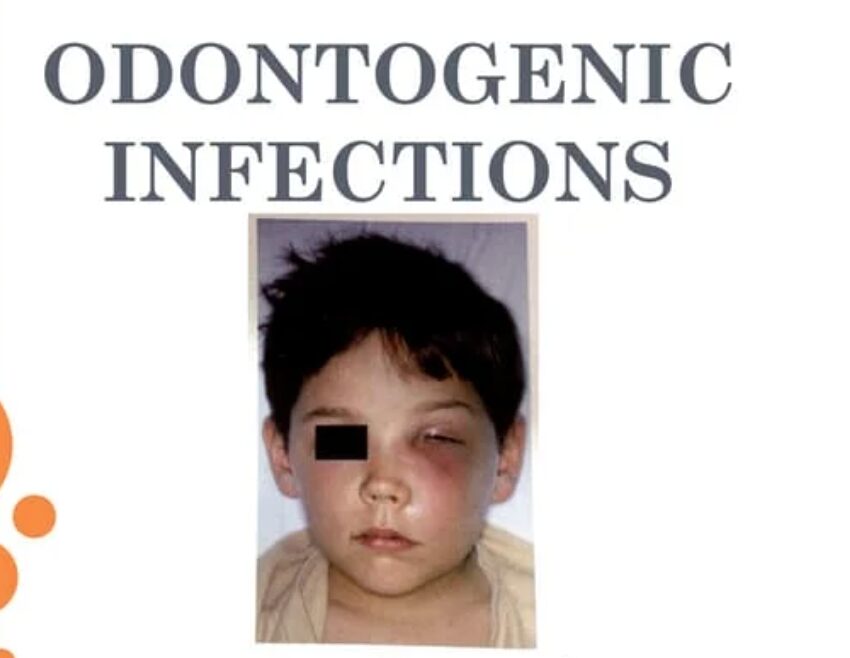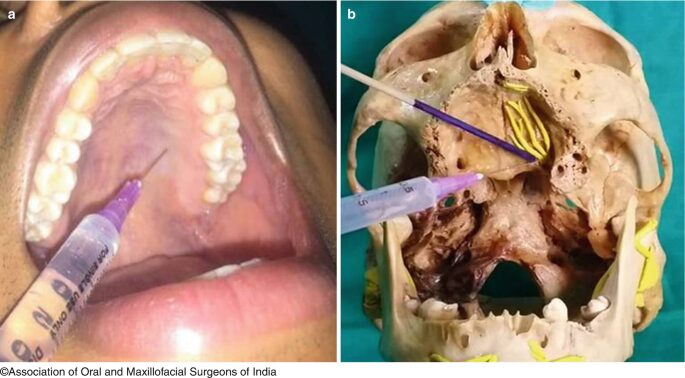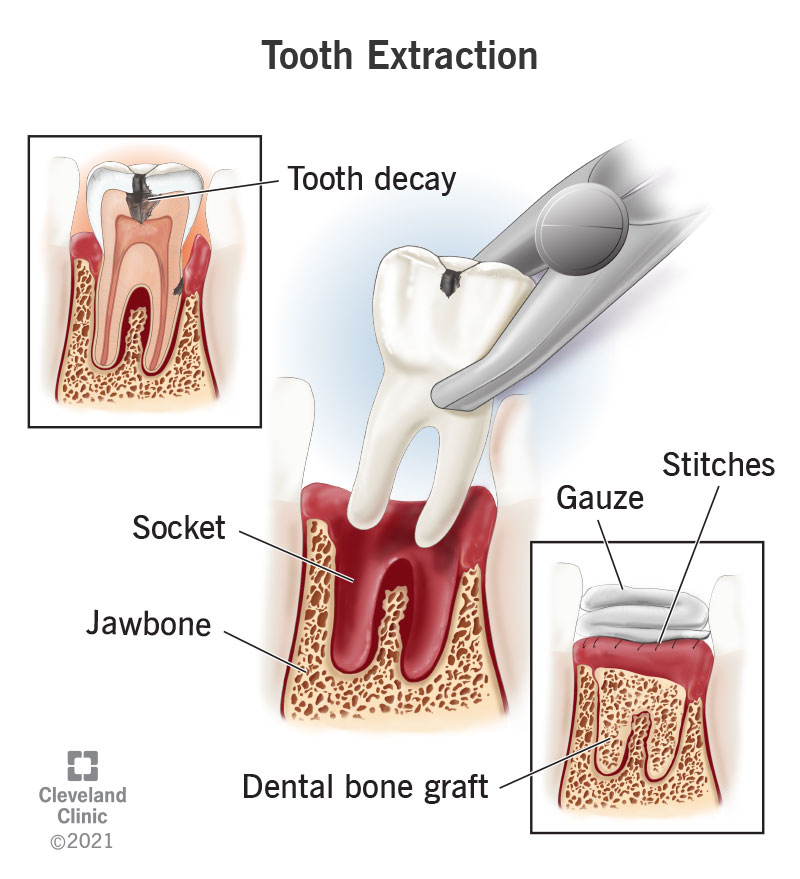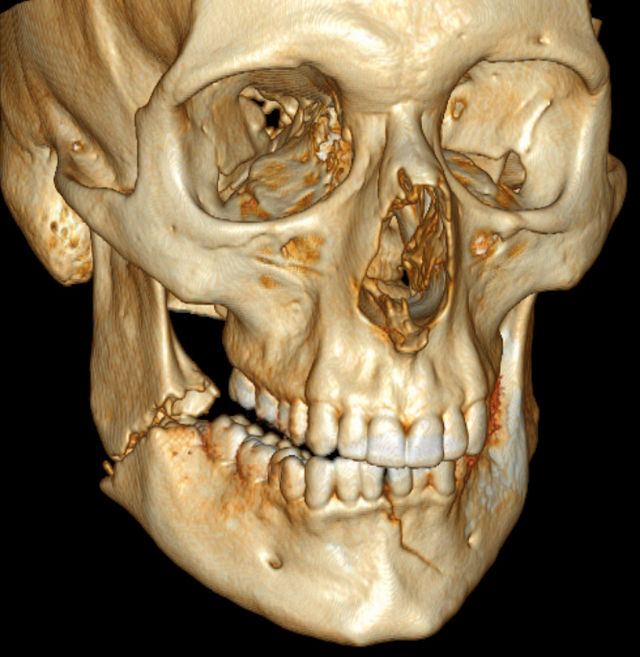In this Post you will be able to take quiz containing important MCQs of Oral and Maxillofacial Surgery and topic covered in this Quiz will be Miscellaneous. Correct Answers are Marked in Bold and Blue colour.
Miscellaneous Multiple Choice Questions OMFS
1. During the apicectomy on a maxillary lateral incisor, one should take care not to perforate (or) damage the:
A. Maxillary sinus
B. Labial frenum
C. Floor of the nose
D. Contents of the incisive canal
2. In sutured skin incisions of the face, the edges of the skin should be
A. Everted
B. Inverted
C. Edge to Edge
D. Separated
3. Z-plasty is performed in cases of
A. High frenal attachment
B. Shaliow sulcus
C. Deep sulcus
D. Low frenal attachment
4. Y – V plasty procedure is used for
A. Vestibuioplasty
B. Ridge augmentation
C. Frenectomy
D. Mucogingival surgery
5. Which of the following criteria should be considered before a third molar transplantation?
A. The root is atleast half formed
B. The width of the crown approaches the width of the extracted tooth
C. A & B
D. None of the above
6. Which one of the following disorders responds favorably while using an occlusal separator
A. Capsular fibrosis
B. Muscle spasm
C. Chronic dislocation
D. Unilateral condylar hyperplasia
7. Treatment for fibrous dysplasia in a young 25 yr old patient involving maxilla is best treated by
A. Enbloc resection
B. Cosmetic contouring
C. Maxillary resection
D. Radiation therapy
8. Irritational fibroma which is asymptomatic is best treated by
A. No treatment is necessary because it is asymptomatic
B. Simple excision
C. Radiation therapy
D. Wide excision followed by chemotherapy
9. Minimum volume of local anaesthetic agent is advised for infiltration when excising frenum because larger volumes may
A. cause tissue slough
B. distort the tissues
C. cause rebound bleeding
D. cause toxic effects
10. The V plasty procedure is commonly used to correct
A. Oro antral fistula
B. Ankyloglossia
C. Interfering labial frenum
D. B & C
11. At the time of extraction of upper third molar, the tuberosity is fractured, but still attached to the periosteum. Which of the following treatment should be employed?
A. Remove the tuberosity and file the area and suture the soft tissue.
B. Remove the tuberosity, fill the defect with osteogen and suture it
C. Leave the tuberosity and stabilize it
D. None of the above
12. The main disadvantage during excision of tumor involving soft palate is
A. Damage to glossopharyngeal nerve
B. Result in peritonsillar absence
C. Contraction of scar tissue
D. Infection spreading to pterygoid venous plexus
13. After the incisional biopsy of a lesion in the floor of the mouth and placement of sutures, the patient experiences severe bilateral sweiiing of the submental and submandibular spaces. This is caused by
A. Ludwig’s infection
B. Too much fluid intake post operatively
C. Injury to lingual artery with haemorrhage
D. Extravasation into these compartments
14. Fibrous dyspiasia can be treated by
A. Irradiation of the lesion
B. Surgical excision
C. Conservative surgery
D. Removal of the adjacent teeth
15. The best treatment option for an aggressive multicystic ameloblastoma is
A. Curettage to avoid tissue morbidity
B. Marsupialization to avoid damage of adjacent vital structures
C. Enucleation
D. Resection and reconstruction of the resultant defect
16. Compound odontomas present centrally within the jaws appear in the form of:
A. Multiple small toothlike structures
B. Irregular masses of dentin and enamel
C. No anatomic resemblance to a tooth
D. Non of the above
17. All of the following lesions have a multilocular appearance on the radiograph except:
A. Odontogenic keratocyst (OKC)
B. Amelobalstoma
C. Central AV malformation
D. Dentigerous cyst
18. Treatment of torus palatinus in case of denture patients is attained by
A. Irradiation
B. Injection of sclerosing solition
C. Excision of torus and adjacent teeth
D. Excision of torus with chisel and bone file
19. One of the causes of dislocation of TMJ is
A. Yawning
B. Epileptic seizures
C. Myositis ossificans
D. Filling of carious teeth
20. Ludwig angina affect
A. Submandibular, submental and sublingual spaces unilaterally
B. Submandibular, submental and sublingual spaces bilaterally
C. Submandibular, submental and parapharyngeal spaces bilaterally
D. All of the above
21. Odontogenic keratocyst occure most commonly in
A. Maxillary molar region
B. Mandibular anterior region
C. Mandibular premolar-molar area
D. Mandibular third molar-ramus area
22. The most common complain of a patient with recent oro-antral fistula is
A. Pus oozing from the fistula
B. Difficulty of smoking
C. Regurgitation of fluids from nose
D. Severe throbbing pain
23. The following are the anatomical features which obstruct the flow of maxillary sinus drainage except:
A. Polyps
B. Thickened lining
C. Middle concha
D. Higher level of natural opening
24. Mucocele of the lower lip is treated by:
A. Incision and drainage
B. Enucleation
C. marsupialization
D. excision including the adjacent minor salivary gland
E. marsupialization followed by enuceation
25. Inability to open the mouth and masticate food is due to
A. Facial deformity
B. Ankylosis of TMJ
C. Myofacial pain dysfunction syndrome
D. Periapical periodontitis
26. Alveolotomy is
A. Cutting into the alveolar process
B. Surgical excision of the alveolar process
C. Surgical contouring of the alveolar process
D. Surgical contouring of the gingival tissues
27. Osteitis deformans is the condition in which
A. Roots have hypercementosis
B. Anodontia seen
C. Supernumerary roots are more common
D. None of the above
28. Bifid mandibular canal is somewhat common in the following disease
A. Paget’s disease
B. Fibrous dysplasia
C. Neurofibromatosis
D. A & B
29. Which of the following is a constant finding in systemic infection?
A. Fever
B. Swelling
C. Bacteremia
D. Lymphadenopathy

